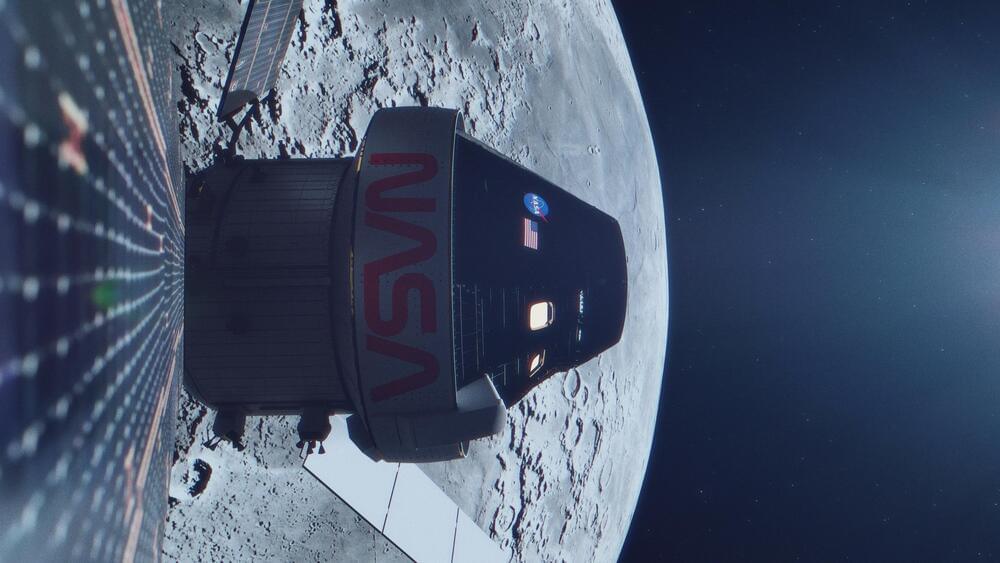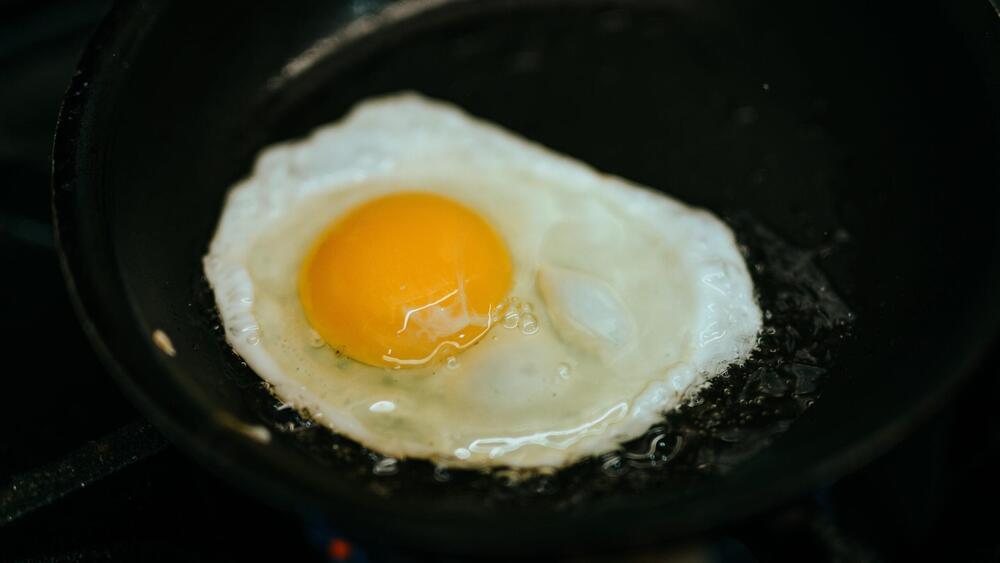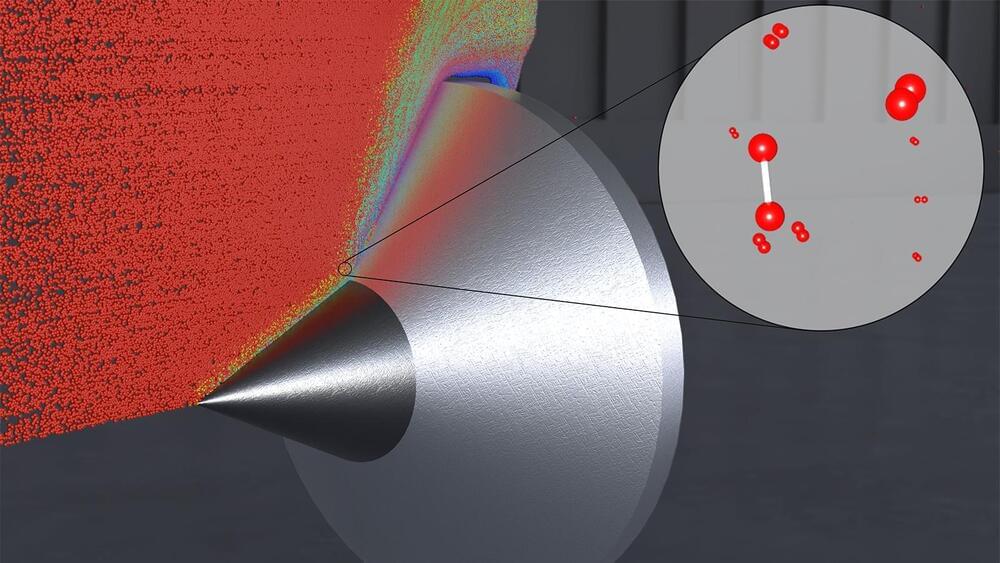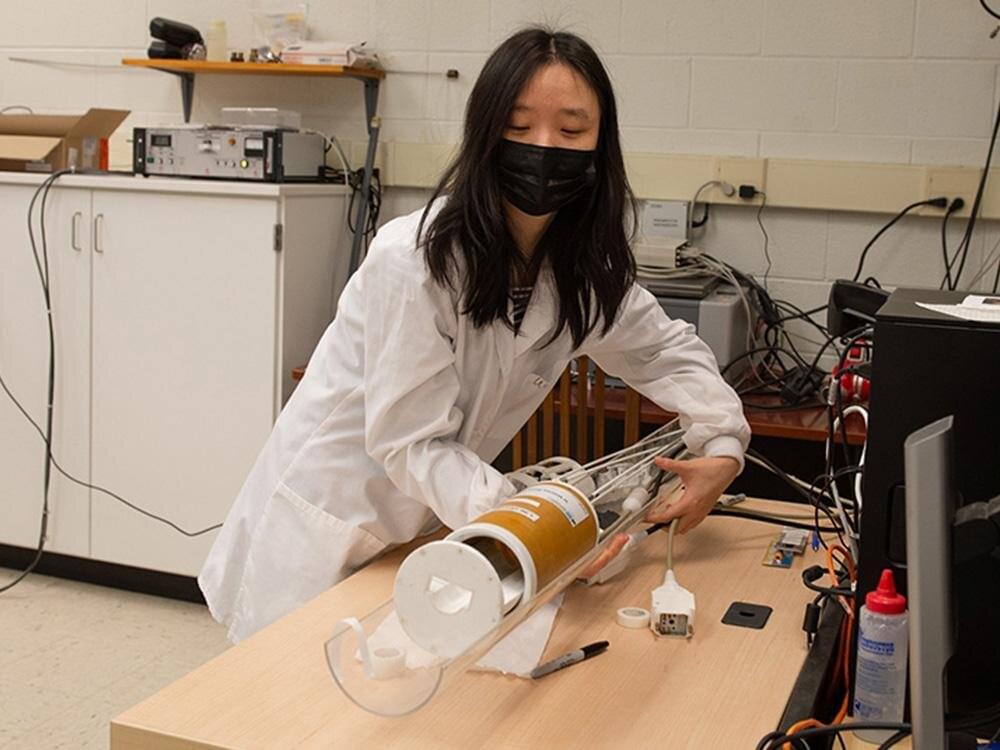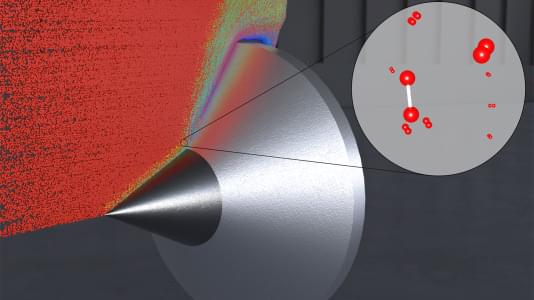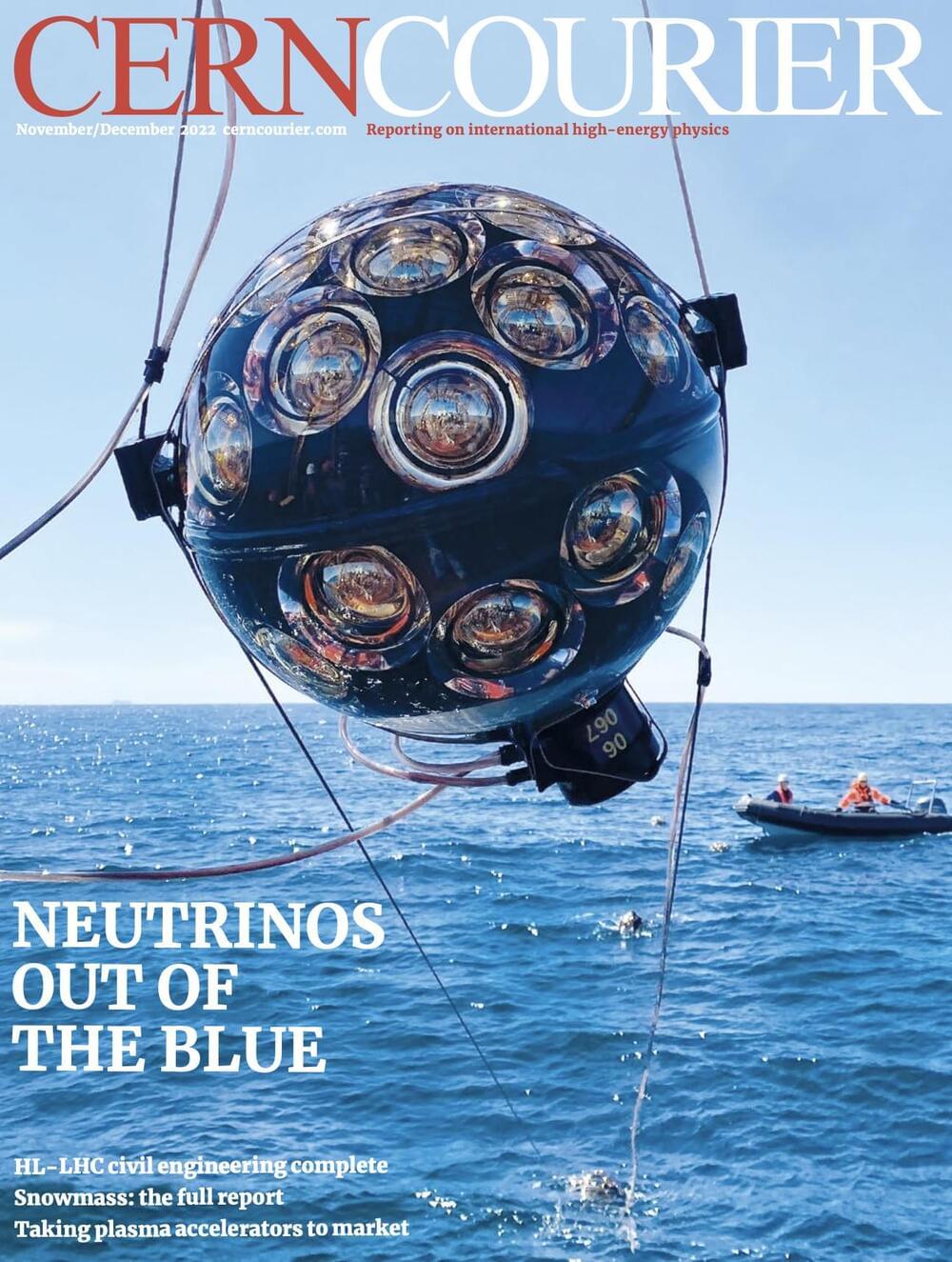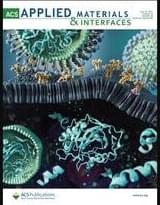During Artemis I, NASA’s Space Launch System (SLS) rocket will send the agency’s Orion spacecraft on a trek 40,000 miles beyond the Moon before returning to Earth. To capture the journey, the rocket and spacecraft are equipped with cameras that will collect valuable engineering data and share a unique perspective of humanity’s return to the Moon.
Category: engineering – Page 80
The U.S. Department of Energy’s INCITE program has awarded supercomputing time to 56 projects!
Managed jointly by the Argonne Leadership Computing Facility and Oak Ridge Leadership Computing Facility, INCITE supports large-scale, computationally intensive projects that address “grand challenges” in science and engineering.
Mental health practitioners and meditation gurus have long credited intentional breathing with the ability to induce inner calm, but scientists do not fully understand how the brain is involved in the process. Using functional magnetic resonance imaging (fMRI) and electrophysiology, researchers in the Penn State College of Engineering identified a potential link between respiration and neural activity changes in rats.
Their results were made available online ahead of publication in eLife. The researchers used simultaneous multi-modal techniques to clear the noise typically associated with brain imaging and pinpoint where breathing regulated neural activity.
“There are roughly a million papers published on fMRI—a non-invasive imaging technique that allows researchers to examine brain activity in real time,” said Nanyin Zhang, founding director of the Penn State Center for Neurotechnology in Mental Health Research and professor of biomedical engineering.
The U.S. Department of Energy’s (DOE) Office of Science announced allocations of supercomputer access to 56 high-impact computational science projects for 2023 through its Innovative and Novel Computational Impact on Theory and Experiment (INCITE) program. These awards, which will pursue transformational advances in science and engineering, account for 60% of the available time on the leadership-class supercomputers at DOEs Argonne and Oak Ridge national laboratories.
The projects will support a broad range of large-scale research campaigns to advance knowledge in areas ranging from astrophysics to sustainable energy technologies to materials design and discovery.
Jointly managed by the Argonne Leadership Computing Facility (ALCF) and the Oak Ridge Leadership Computing Facility (OLCF), the INCITE program is the primary means by which the facilities fulfill their mission to advance open science by providing the scientific community with access to their powerful supercomputing resources. The ALCF and OLCF are DOE Office of Science user facilities.
CERN Courier Nov/Dec 2022
Posted in energy, engineering, health, physics
As LHC Run 3 gets into its stride and the first results at a new energy frontier roll in (p5), all eyes are on what’s next: the High-Luminosity LHC (HL-LHC), scheduled to start operations in 2029. Civil engineering for the major upgrade is complete (p7) and new crystal collimators for HL-LHC operations are to be put to the test during the current run (p35). Looking beyond the LHC, how best to deal with the millions of cubic metres of excavation materials from a future circular collider? (p9), and a new project to explore the use of high-temperature superconductors for FCC-ee (p8). The HL-LHC and proposed future colliders also feature large in the recent US Snowmass community planning exercise (p23).
Organic electronic-based gas sensors hold great potential for portable healthcare-and environment-monitoring applications. It has recently been shown that introducing a porous structure into an organic semiconductor (OSC) film is an efficient way to improve the gas-sensing performance because it facilitates the interaction between the gaseous analyte and the active layer. Although several methods have been used to generate porous structures, the development of a robust approach that can facilely engineer the porous OSC film with a uniform pore pattern remains a challenge. Here, we demonstrate a robust approach to fabricate porous OSC films by using a femtosecond laser-processed porous dielectric layer template. With this laser-assisted strategy, various polymeric OSC layers with controllable pore size and well-defined pore patterns were achieved.
First insights into engineering crystal growth by atomically precise metal nanoclusters have been achieved in a study performed by researchers in Singapore, Saudi Arabia and Finland. The work was published in Nature Chemistry.
Ordinary solid matter consists of atoms organized in a crystal lattice. The chemical character of the atoms and lattice symmetry define the properties of the matter, for instance, whether it is a metal, a semiconductor or and electric insulator. The lattice symmetry may be changed by ambient conditions such as temperature or high pressure, which can induce structural transitions and transform even an electric insulator to an electric conductor, that is, a metal.
Larger identical entities such as nanoparticles or atomically precise metal nanoclusters can also organize into a crystal lattice, to form so called meta-materials. However, information on how to engineer the growth of such materials from their building blocks has been scarce since the crystal growth is a typical self-assembling process.
After several years of developing the theoretical ideas, University of Illinois Urbana-Champaign researchers have validated multiple novel predictions about the fundamental mechanism of transport of atoms and molecules (penetrants) in chemically complex molecular and polymer liquid matrices.
The study from Materials Science and Engineering (MatSE) Professor Ken Schweizer and Dr. Baicheng Mei, published recently in Proceedings of the National Academy of Sciences (PNAS), extended the theory and tested it against a large amount of experimental data. MatSE Associate Professor Chris Evans and graduate student Grant Sheridan collaborated on this research by providing additional experimental measurements.
“We developed an advanced, state-of-the art theory to predict how molecules move through complex media, especially in polymer liquids,” Schweizer said. “The theory abstracted what the important features are of the chemically complex molecules and of the polymeric medium that they’re moving through that control their rate of transport.”
